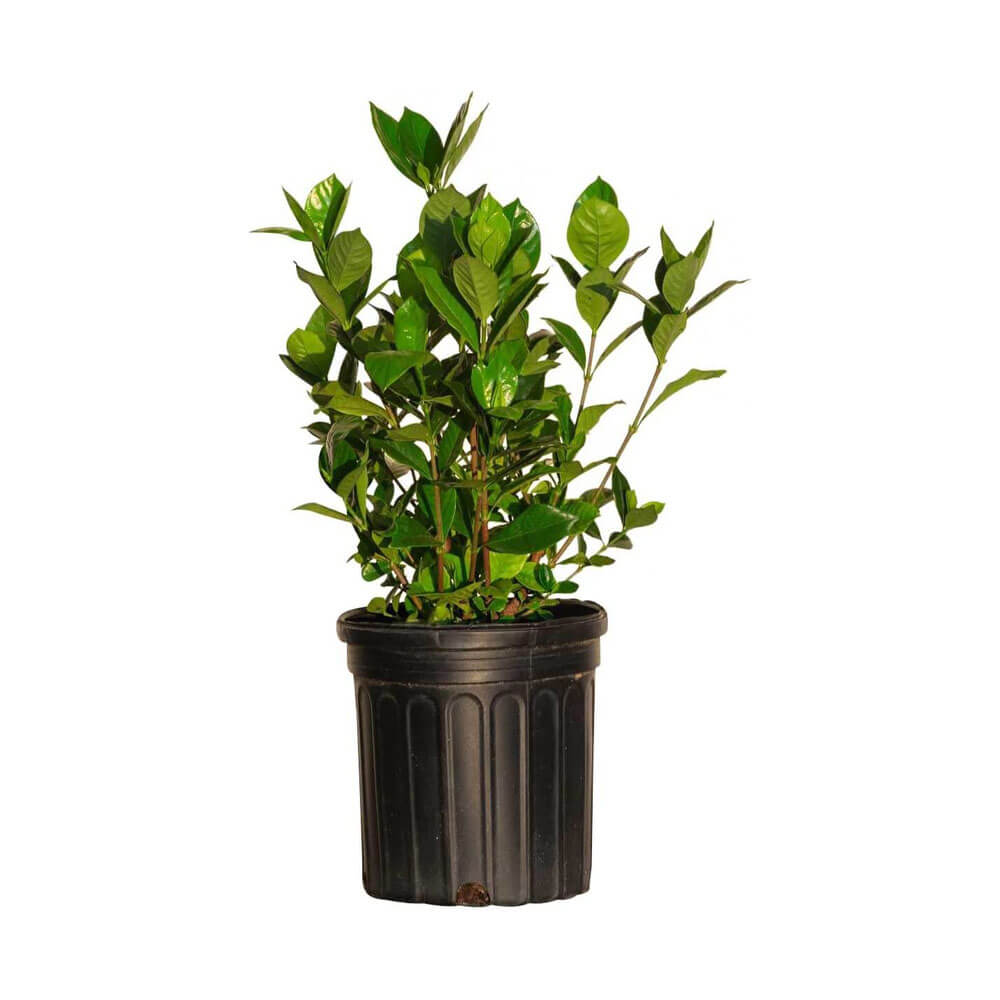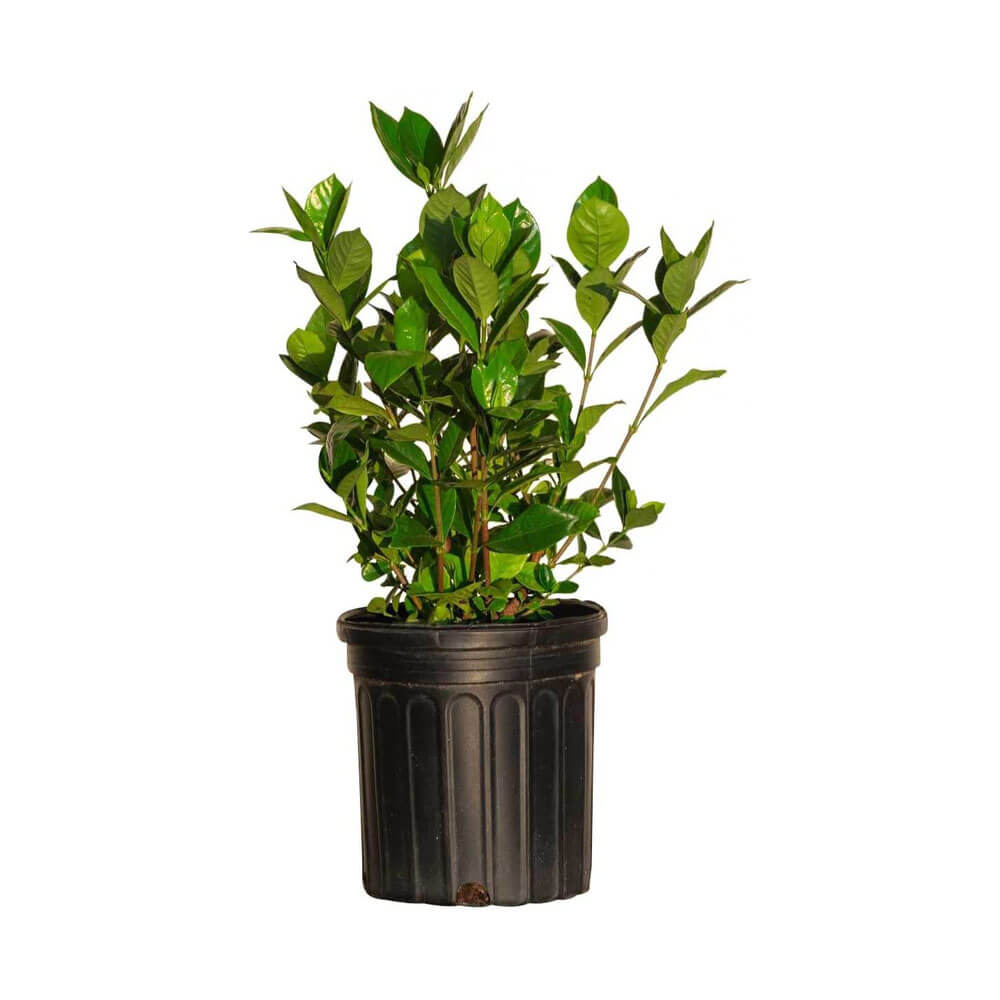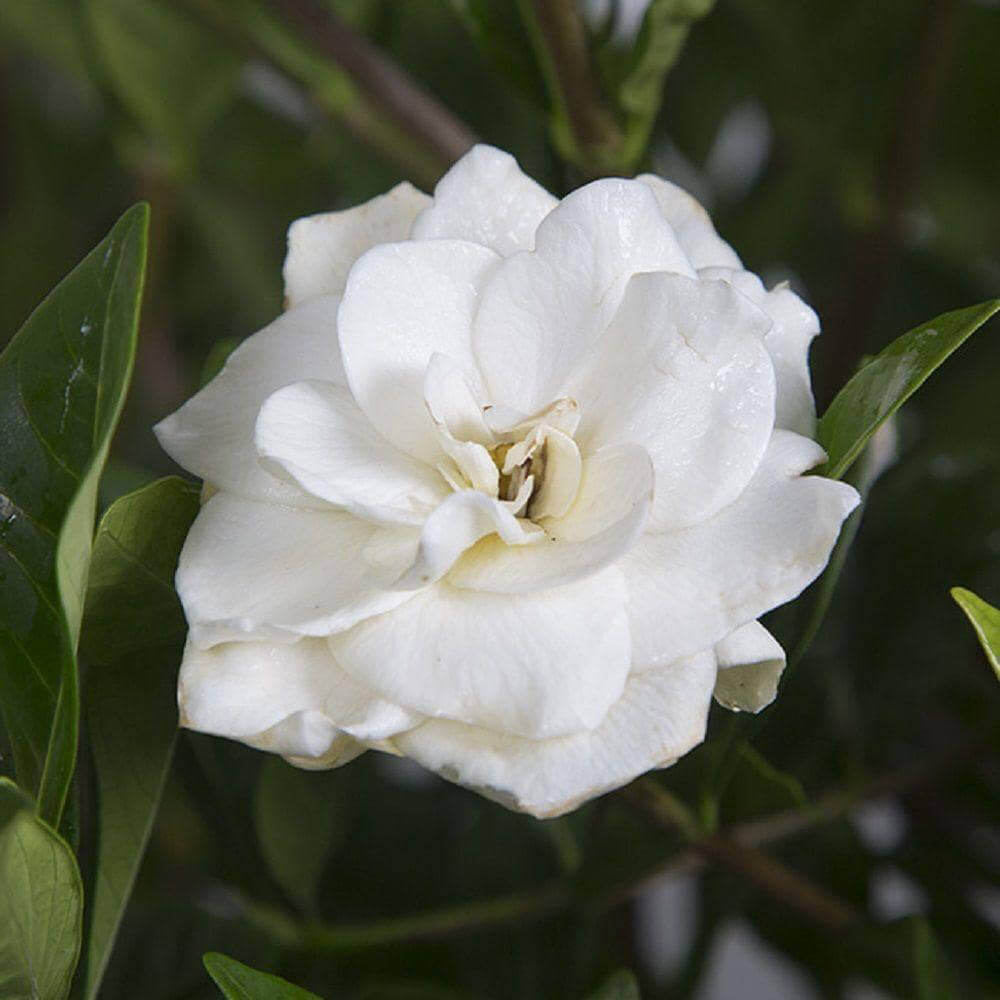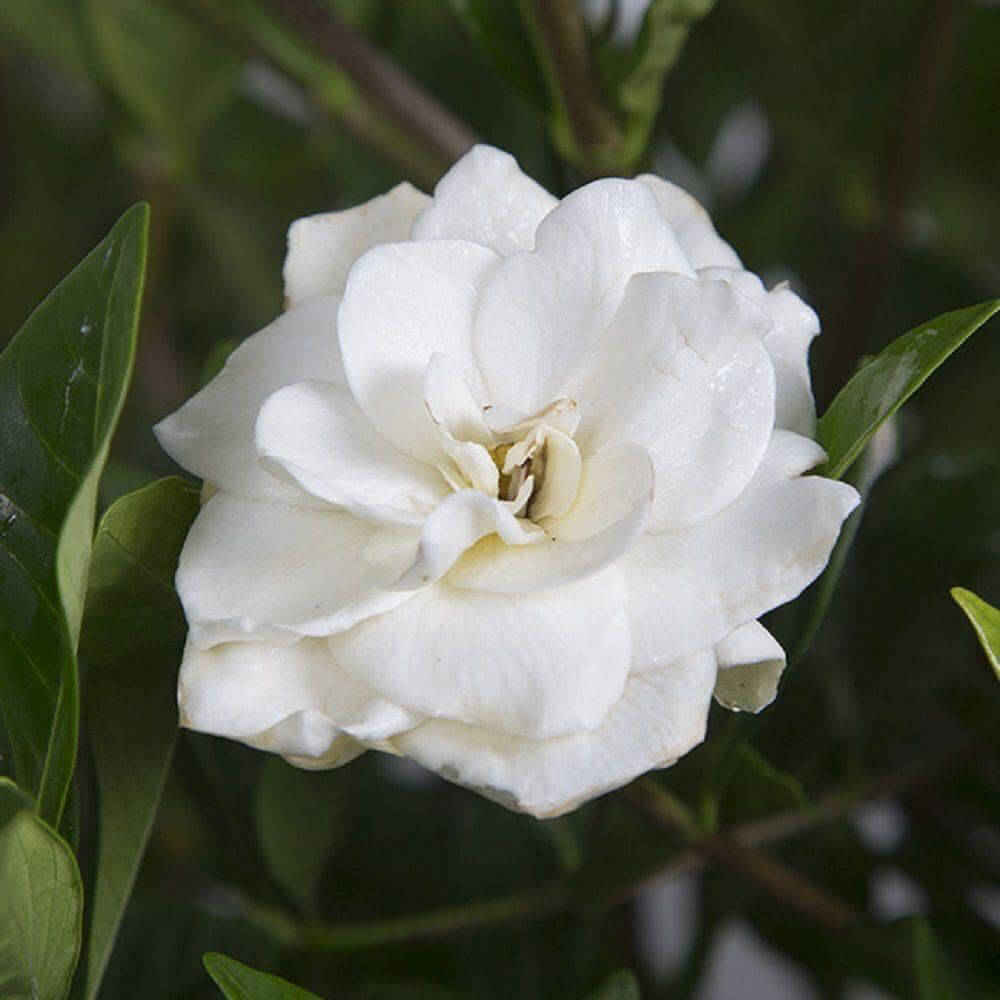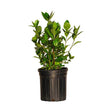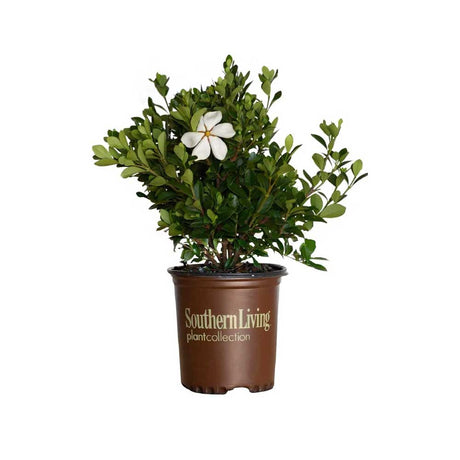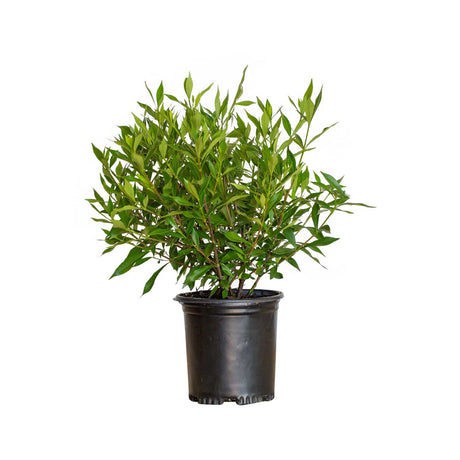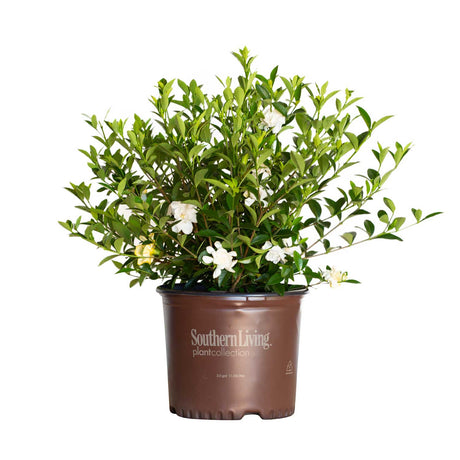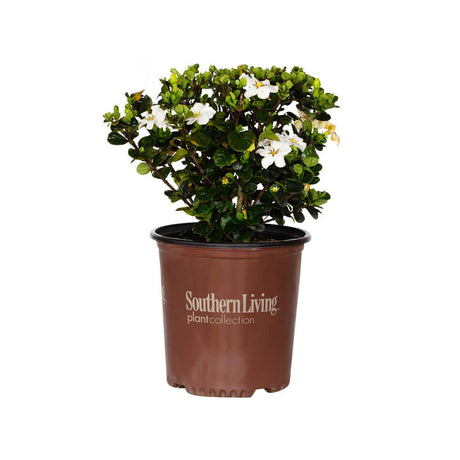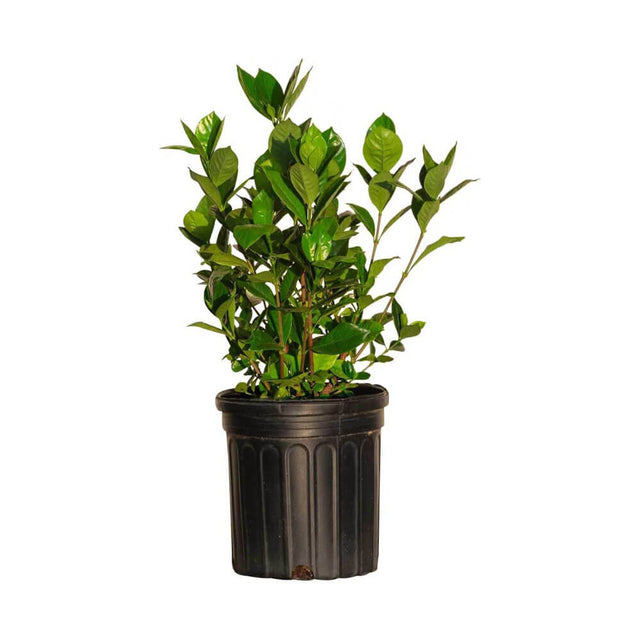August Beauty Gardenia
August Beauty Gardenia - 2.5 Quart is backordered and will ship as soon as it is back in stock.
Couldn't load pickup availability
Description
Description
The August Beauty Gardenia, a cherished flowering shrub, is renowned for its stunning blossoms and captivating fragrance. Hailing from China, this evergreen beauty from the Rubiaceae family is a cultivar of the Gardenia jasminoides species.
Glossy, dark green leaves and showy white flowers define the August Beauty Gardenia. The alluring aroma of the blooms, which usually appear from late spring to early summer, brings a touch of elegance to any garden setting.
The August Beauty Gardenia thrives in well-drained, slightly acidic soil (pH between 5.0 and 6.5). Enhance its growth by enriching the soil with organic matter such as compost or peat moss, which boosts drainage and fertility. The plant prefers full to partial sunlight, as excess shade can hinder flower production.
Consistent watering is essential for the health of your August Beauty Gardenia. The soil should stay moist but not soggy. Overwatering can result in root rot and other fungal diseases, hence the importance of maintaining a balance.
After planting, water the plant thoroughly and apply a layer of organic mulch to maintain moisture and suppress weed growth.
Watering tips include deep and infrequent watering, aiming the water at the base of the plant to avoid wetting the foliage and adjusting watering based on rainfall. Signs of overwatering include yellowing leaves, wilting, and root rot. Signs of underwatering include wilting, dry leaves, and soil pulling away from the container. Adjust watering as needed.
Fertilizing and Pruning Your August Beauty Gardenia
Proper fertilization and pruning are crucial to the health and beauty of your August Beauty Gardenia. A high-nitrogen, acid-formulated fertilizer is ideal. Organic options like compost or well-rotted manure can also be beneficial.
Using a slow-release fertilizer, begin fertilizing in early spring, just before new growth starts. Follow the package instructions to avoid over-fertilizing, which can inhibit flower production.
Pruning helps shape the plant, remove dead or diseased branches, and stimulate new growth. Prune in early spring, after flowering has finished, making clean cuts above a leaf node or bud. Remove dead, damaged, or crossing branches, and avoid heavy pruning to maintain flower production. Always sanitize pruning tools before and after use to prevent disease spread.
Care & Use
Care & Use
Spacing Recommendations
Spacing Recommendations
-
Scientific Name
-
Hardiness Zone8, 9, 10, 11
-
Sun ExposureFull Sun to Part Shade
-
Evergreen or DeciduousEvergreen
-
FeaturesAromatic, Flowering
-
Feature ColorGreen, White
-
UsesAccent, Border, Container, Foundation Planting, Hedge
-
Water NeedsMedium
-
Bloom SeasonFall, Spring, Summer
Growing Zones : 8, 9, 10, and 11

